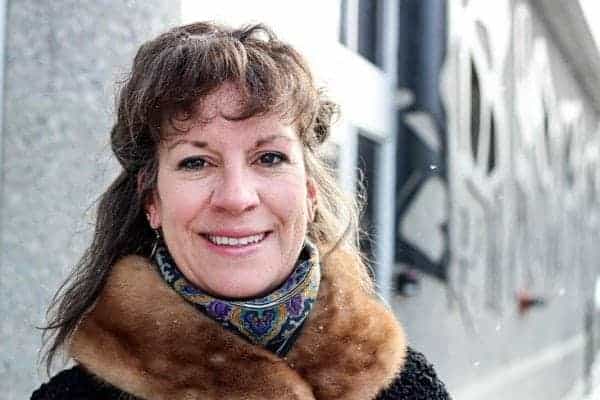Shortcomings in NWT's criminal justice system – outlined in a recent national report – are unsurprising symptoms of the territory's high rates of crime, says a Yellowknife-based lawyer.
“Everything sort of spirals from the crime rate,” said defence attorney Peter Harte.
Last week, independent think-tank the Macdonald-Laurier Institute released its second annual criminal justice report card, using five objectives – public safety, support for victims, cost and resources, fairness and access and efficiency – to assess the strengths and weaknesses of all 13 provinces and territories.
This year's review, which ranked each jurisdiction's performance, saw NWT fall from its 11th-place position in 2016 to the 12th spot, receiving an overall C grade. Only the Yukon fared worse.
Slumping year-to-year scores in the area of fairness and access to justice were cited as a factor in the territory's decline. So, too, was a dip in the category of public safety – dragged down by high incidences of offenders breaching probation and failing to attend court.
Poor evaluations in these areas, Harte said, are directly linked to an above-average volume of criminal cases brought before the courts.
“The more people are charged with crimes, the more breaches you end up having. As people get used to sort of not paying attention to their legal responsibilities and it ... becomes a culture because the crime is rate is already high, then you see more offences taking place,” he said.
Harte told Yellowknifer not all of the report's findings add up.
While the review's overall assessment of efficiency within the territory's criminal justice system saw NWT receive an A, a C+ grade was recorded for the percentage of cases stayed or withdrawn – a rating Harte called “perplexing.”
“If the Crown decides that it's not appropriate to proceed with a case because, for whatever reason, they're not going to be able to successfully prosecute the accused, staying the charge in an early stage means resources aren't wasted in the prosecution,” he said.
When it comes to support for victims in NWT, the report paints a less than flattering picture stating, “victims in the territory receive one of the lowest proportions of restitution orders in Canada.”
But with many defendants already relying on income assistance, Harte said restitution orders – money paid to victims by offenders – in many cases, couldn't be fulfilled and would often amount to a “meaningless piece of paper.”
Lydia Bardak, a former community justice coordinator with the John Howard Society of NWT and a longtime justice advocate in Yellowknife, said the authors' call to boost restitution payments for victims is just one example of the incompatibility between the report's measurements and the unique challenges of the North.
“We have terrific support in victim services at the Native Women's Association and the Crown witness coordinators at the prosecution office also provide victim services. So there's lots of emotional support out there and that's not captured in (the report),” said Bardak.

Community advocate Lydia Bardak says without methods to gauge the impact of emotional support for victims, the report's less than flattering depiction of victim support in the territory doesn't hold much weight.
The inability to gauge intangibles, like emotional support, is made worse by measurement methods that fail to consider the small size of NWT, said Bardak.
“Because of our small population it becomes challenging. Whenever we have small numbers, statistics can become kind of skewed,” she said.
Richard Audus, one of two authors behind the Macdonald-Laurier Institute review, said he understands NWT's unique make up but he stands by the report's findings.
“I do appreciate that things are different in the territories. We think it's important to highlight the data and what the data tells us,” said Audus, who maintained assessments were determined by weighing “directly comparable” factors.
The report based its findings on comparative “objective, available data from individual provinces and territories.” The authors describe the report as being a “quantitative statistical exercise, not a subjective qualitative one.”
“We're keen to engage in dialogue with people who have other opinions about the data. But … when we welcome these discussions they haven't gone too far. People will say 'we're different, things are different here.' No doubt they are – things are different everywhere,” he said.
As a southern Canadian, Audus was “floored” to learn how high crime rates were in the territories – something he said he hopes the report will illuminate.
“It's a very different world in the North and I think that's important to highlight; important for southern Canadians to see how different things are ...”
Echoing the concerns raised by Harte and Bardak, communications manager for the GNWT justice department Sue Glowach told Yellowknifer in an email the report, “appears to suffer from the same methodological failings as the last.”
“The report identifies categories where information is reported as not being available for the NWT from Statistics Canada. For six of the eight categories so identified information is actually available from Statistics Canada. Had the authors of the study contacted the GNWT we might have been able to assist in their efforts to find the information,” stated Glowach.
NWT has the second highest violent crime rate in the country and the highest rates of property crime. Nationally, overall crime rates have dropped but glaring areas of concern outlined by the report, including Canada's Indigenous population being “over-represented” in prison, remain.